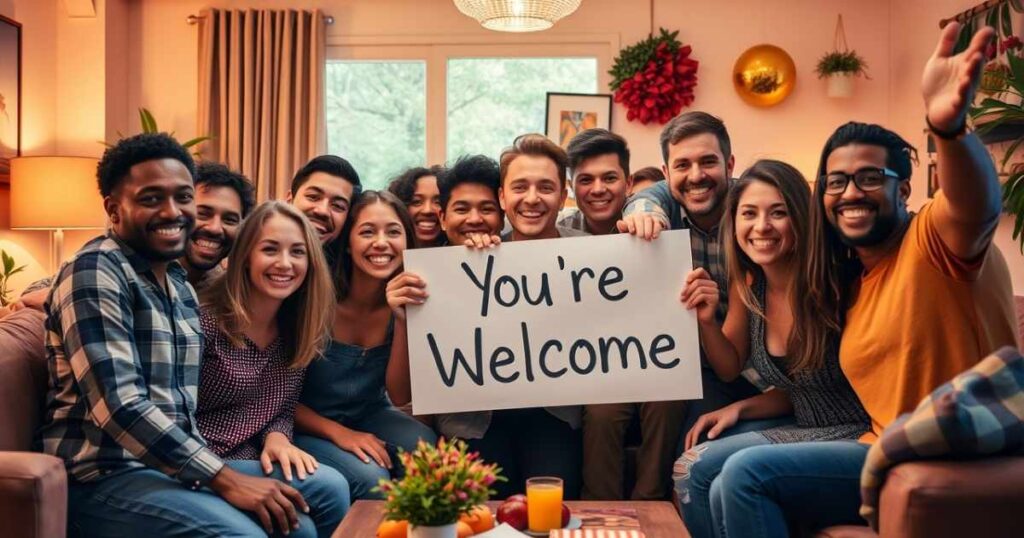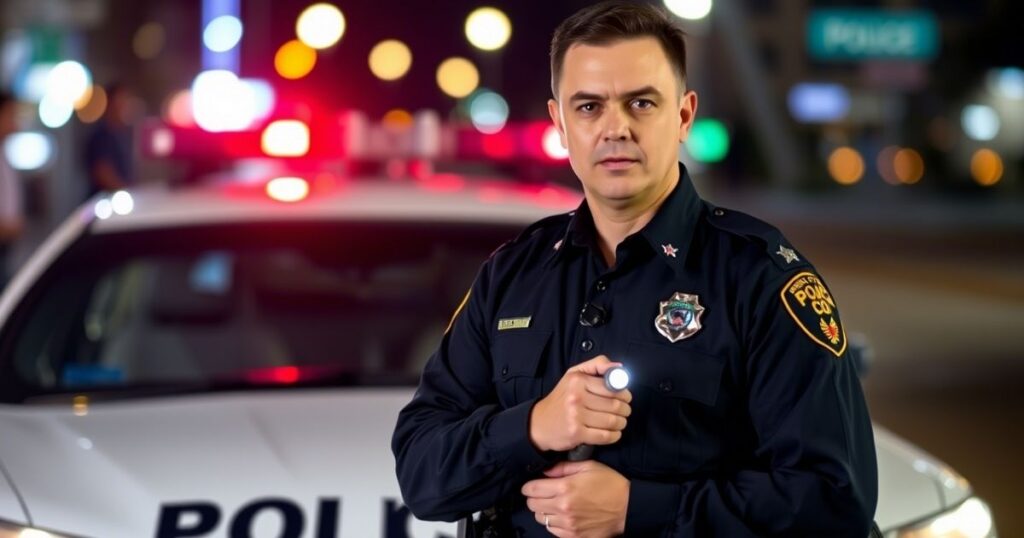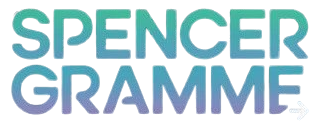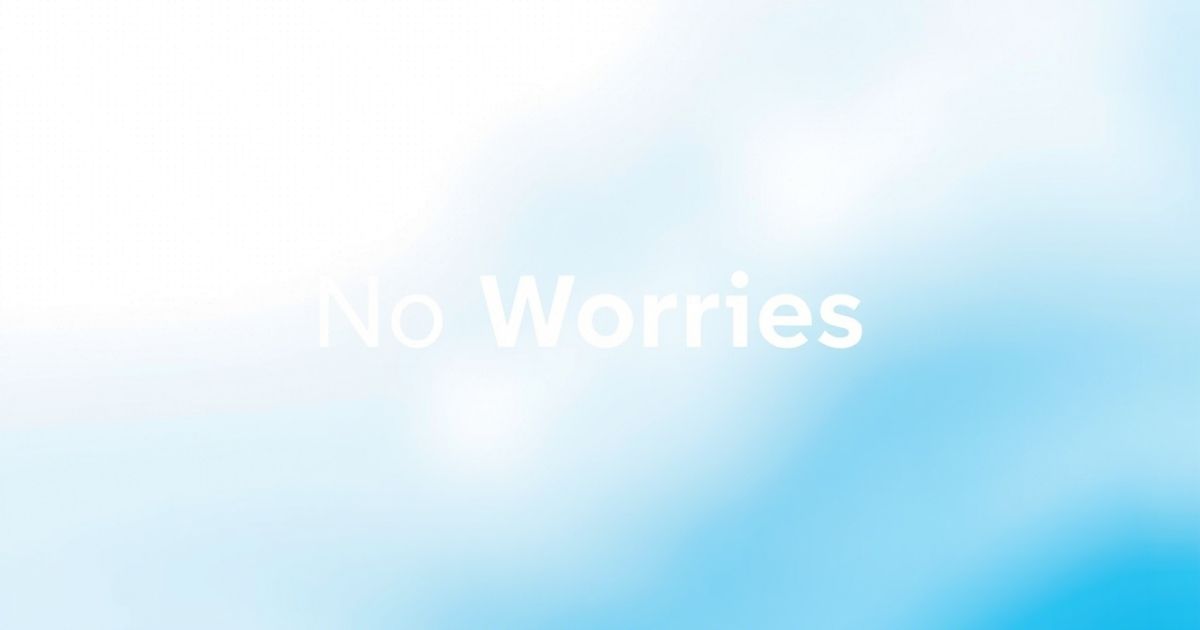When you want to say “No worries”, you can choose from many other phrases. These alternatives can help you sound more natural in different situations. Other ways to say “No worries” include “No problem,” “It’s all good,” or “Don’t mention it.” Each of these options fits well in casual situations and even in professional settings.
After careful consideration, you’ll see that there are many ways to reassure someone without using the same phrase. “No sweat” and “Glad to assist” also work well. After further consideration, you might prefer saying “Sure thing” or “Not a big deal” for a relaxed feel. These expressions show empathy and offer support, making communication smoother. Other ways to say “No worries” make it easy to maintain a positive, friendly tone in conversations.
Main Points
- No Problem : A casual, reassuring phrase to indicate that helping was effortless and not an issue.
- It’s All Good : A relaxed way to let someone know that everything is fine and there’s no need to worry.
- Don’t Mention It : A polite way of responding to thanks, indicating that no appreciation is necessary and it was no trouble.
- No Sweat : A laid-back phrase suggesting that a task or favor was easy and caused no inconvenience.
- You’re Welcome : A classic, polite response to express gratitude for someone’s thanks in both formal and informal settings.
- My Pleasure : A warmer, more enthusiastic response to show genuine happiness in offering help or performing a task.
- Anytime : A friendly and open offer to help whenever needed, indicating availability and willingness to assist again.
- All Good Here : A reassuring phrase often used to confirm that everything is fine and that no issues exist.
- Not a Big Deal : A phrase used to downplay the importance of an action or favor, making the recipient feel at ease.
- Happy to Help : A positive, friendly phrase used to express willingness and pleasure in offering assistance, building rapport.
No Problem
Saying “No problem” is a casual and friendly way to offer reassurance. It’s a common phrase that makes others feel at ease in both personal and professional situations. It’s often used when you want to show that you are happy to help and that there’s no trouble in doing so.
After other ways to say “No worries”careful consideration, you’ll find that “No problem” works well because it’s simple and clear. Whether you’re talking to a colleague or a friend, it’s an easy way to show a supportive attitude and positive relationships.
It’s All Good
“It’s all good” is a relaxed and informal way to show there’s no issue. It conveys that everything is fine, and there’s no need for concern. People often use this phrase when they want to put someone at ease.
After other ways to say “No worries” further consideration, you may find “It’s all good” great for casual situations. It helps maintain a positive environment and shows a cooperative, stress-free attitude. It’s all good to promote ease in conversations, making communication more comfortable.
Don’t Mention It
“Don’t mention it” is another way of saying “No worries.” It’s a polite phrase used when someone thanks you for something. You can use it to show that helping wasn’t a big deal.
After careful consideration, you’ll see that “Don’t mention it” works well when you want to offer reassurance. It’s a great way to demonstrate a supportive attitude and to let others know that their gratitude is appreciated, but not necessary.
No Sweat
“No sweat” is another friendly way to say “No problem.” It’s an easy, lighthearted way of saying that what you did was no trouble at all. People use this phrase to express a relaxed, casual tone.
After further consideration, “No sweat” can be very useful in casual conversations. It other ways to say “No worries” shows flexibility and provides reassurance. Using “No sweat” helps in creating a positive, easy-going atmosphere that encourages open communication.
You’re Welcome

“You’re welcome” is a classic phrase often used in response to a “Thank you.” It’s simple and polite, making it easy to use in any situation. It’s especially helpful in both casual and professional settings.
After careful consideration, “You’re welcome” can add warmth to any interaction. It shows respect and empathy for others’ gratitude. It’s a great way to create an environment of mutual support and cooperation.
My Pleasure
“My pleasure” is a more personal and enthusiastic way to say “You’re welcome.” It conveys that you’re happy to help and that it was no trouble at all. This phrase is often used to make the other person feel valued.
After further consideration, you might find that “My pleasure” adds a friendly, positive tone to conversations. It shows professionalism while still being warm and approachable, promoting a collaborative atmosphere.
Anytime
“Anytime” is a relaxed and open way to show that you’re always willing to help. It’s often used after offering assistance, making the other person feel comfortable reaching out again. This phrase shows a supportive and helpful attitude.
After careful consideration, “Anytime” can be a great choice for casual situations. It demonstrates that you’re always ready to lend a hand, encouraging a cooperative environment where teamwork thrives.
All Good Here
“All good here” is a laid-back way of saying everything is fine. It’s often used when you want to reassure someone that there’s no issue. This phrase creates a stress-free, comfortable environment in conversations.
After further consideration, “All good here” helps maintain clarity and shows that there’s no problem. It also emphasizes your willingness to cooperate and provide support, fostering a positive atmosphere in any setting.
Related Guide:
12 Other Ways to Say “After Careful Consideration”
Not a Big Deal
“Not a big deal” is a simple, casual way to downplay the importance of your actions. It’s often used when someone expresses gratitude for something you did. This phrase reassures the other person that their request or the task at hand wasn’t troublesome or complicated for you. It helps reduce any perceived burden and puts the other person at ease.
After careful consideration, using “Not a big deal” in your conversations shows your relaxed and accommodating attitude. It fosters a supportive environment by emphasizing that you are happy to help without making it seem like an effort. This phrase works well in both personal and professional settings, other ways to say “No worries” making communication feel more comfortable and stress-free. It’s perfect when you want to make someone feel valued without making a fuss over small favors.
Happy to Help
“Happy to help” is a warm, friendly response that conveys eagerness and kindness. It’s often used when someone thanks you for assistance, whether big or small. By saying “Happy to help,” you show that you’re not just doing the task out of obligation but that you genuinely enjoy offering support. It helps build positive relationships by making others feel appreciated and cared for.
After further consideration, “Happy to help” is ideal in both casual and professional settings. It adds warmth to conversations and encourages open communication, which helps foster teamwork and mutual support. This phrase can also enhance customer service interactions, creating a positive environment where people feel comfortable asking for help. It other ways to say “No worries” shows that you’re approachable and always willing to lend a hand, making interactions more pleasant for everyone involved.
No Trouble
“No trouble” is another simple yet effective phrase to use when you want to reassure someone that their request was not an inconvenience. It conveys that you had no problem assisting them and that you are happy to help without any hesitation. This phrase emphasizes ease and shows that you’re relaxed and ready to assist.
After other ways to say “No worries”careful consideration, using “No trouble” can help reduce any anxiety the other person might have about bothering you. It reassures them that you are always willing to help without it being a burden. Whether in a personal or work setting, “No trouble” encourages an atmosphere of cooperation and goodwill. It promotes open communication and helps create positive, supportive relationships. People appreciate this phrase because it fosters a stress-free environment and makes them feel more comfortable reaching out.
Glad to Assist
“Glad to assist” is a polite and professional phrase used to show that you’re eager and pleased to offer help. It’s commonly used in workplace environments, especially in customer service or team collaborations, where showing respect and professionalism is key. Saying “Glad to assist” helps establish a positive tone and reflects a helpful, courteous attitude.
After other ways to say “No worries”further consideration, “Glad to assist” can be especially useful in more formal settings where you want to convey professionalism and courtesy. It shows that you take pride in helping others and that their needs matter to you. By using this phrase, you create an atmosphere of service excellence and mutual respect. It’s an excellent way to show that you value communication and teamwork, which can foster better cooperation and more positive outcomes in professional situations.
Sure Thing
“Sure thing” is a casual and friendly way to indicate agreement or willingness to help. It’s often used when someone asks for a favor or assistance, and you want to confirm that it’s no problem at all. This phrase is lighthearted, showing that you’re easygoing and approachable, and it helps maintain a relaxed and friendly atmosphere in conversations.
After careful consideration, “Sure thing” works well because it’s a quick and easy way to express readiness without overthinking it. It can be used in both personal and professional contexts, as it conveys that you’re happy to contribute without hesitation. This phrase can be particularly effective in team collaboration, where clear and open communication is vital. By using “Sure thing,” you create a positive environment that encourages cooperation and teamwork, making everyone feel comfortable working together.
No Hassle
“No hassle” is a reassuring phrase used when you want to assure someone that there’s no difficulty or complication involved in helping them. It’s often used to make a task seem effortless, giving others peace of mind that they’re not imposing on you. By saying “No hassle,” you emphasize ease and simplicity, which is especially helpful when dealing with requests or problems that might seem more challenging than they are.
After other ways to say “No worries”further consideration, “No hassle” is a great phrase to use when you want to create a stress-free environment in any setting. It works well in both casual and professional conversations, ensuring that your attitude remains relaxed and helpful. By using this phrase, you help set a tone of flexibility and cooperation, making it clear that you’re always willing to help without any complications. It fosters a positive atmosphere where people feel more confident in reaching out and collaborating.
Just Doing My Job

“Just doing my job” is a humble response used when someone thanks you for your help or work. It indicates that you didn’t go above and beyond, but simply fulfilled your responsibilities. This phrase conveys a sense of professionalism and modesty, showing that you take your duties seriously without seeking praise for them.
After careful consideration, “Just doing my job” works well in situations where you want to maintain humility while still being recognized for your contributions. It’s particularly useful in professional settings where it’s important to emphasize accountability and professionalism. This phrase encourages teamwork and mutual support because it reminds others that everyone has a role to play. It also helps to build positive relationships by promoting a sense of shared responsibility and cooperative spirit.
FAQ’s
Other Ways to Say “No Worries”: What Are They?
There are many ways to say Other way to say “No worries”. Examples include “No problem,” “It’s all good,” and “Don’t mention it.”
Other Ways to Say “No Worries” in Professional Settings?
In professional settings, you can use phrases like “Glad to assist” or “My pleasure.” These phrases maintain professionalism while offering reassurance.
What Does Other Ways to Say “No Worries” Show?
Saying Other way to say “No worries” shows a positive attitude and empathy. It helps create a supportive and cooperative environment for better communication.
When Should You Use Other Ways to Say “No Worries”?
Use Other way to say “No worries” in casual situations and conversations. They offer reassurance and help build positive relationships with others.
Can Other Ways to Say “No Worries” Be Used in Customer Service?
Yes, Other way to say “No worries” work well in customer service. They offer reassurance, build rapport, and ensure customer satisfaction with stress-free solutions.
Conclusion
There are many other ways to say “No worries” that can be used in both casual and professional settings. These phrases help create a positive environment and show a supportive attitude. Using expressions like “No problem,” “It’s all good,” or “Glad to assist” can make communication smoother and more comfortable.
After careful consideration, you’ll realize that other ways to say “No worries” are a great tool for building positive relationships. They provide reassurance and help foster a collaborative atmosphere. In both personal and professional settings, these phrases promote teamwork and service excellence. After further consideration, remember that using these alternatives can make all your conversations more friendly and stress-free. Other ways to say “No worries” can be a simple yet effective way to show empathy and create a cooperative environment in any situation.

Ember Rose is a dedicated administrator with 4 years of experience in efficient operations management and team leadership. Skilled in streamlining workflows and enhancing productivity.

